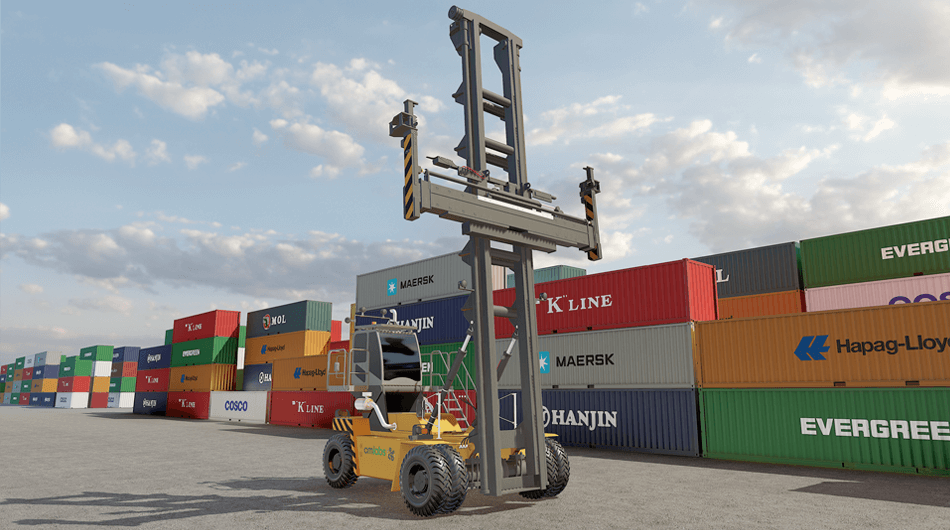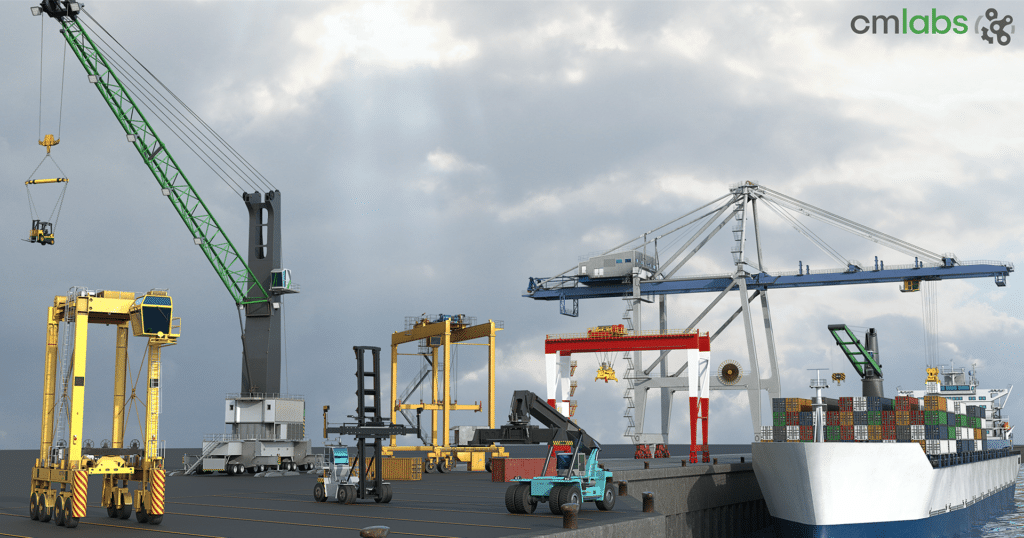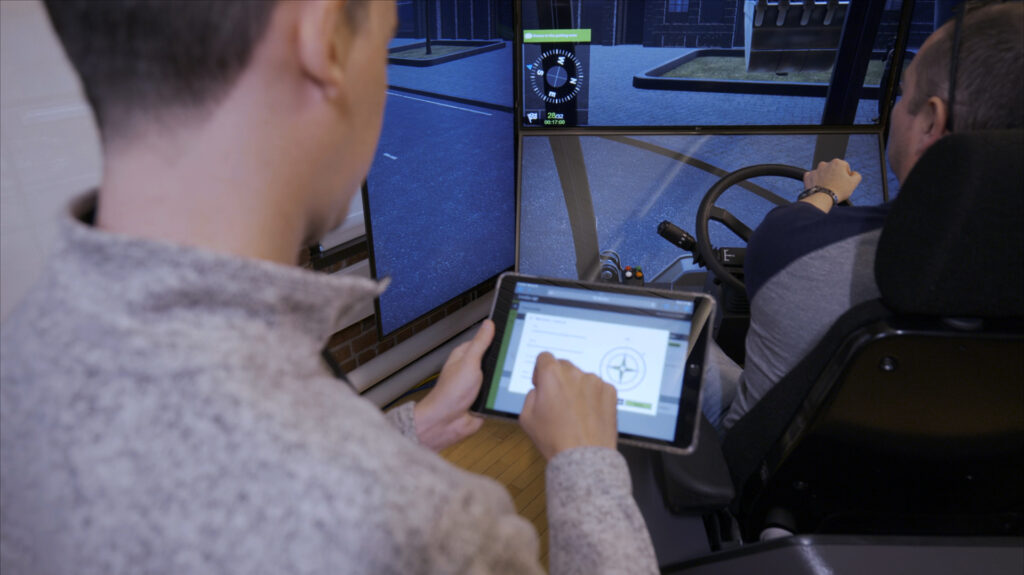Ports will need to think differently about how they attract talent, and the skills and experience personnel will need as automation becomes further entrenched in operations
Many have complained about the relative lack of new blood coming into shipping in recent times, but one of the foremost areas of concern is what to do with them when they do arrive. Poised on the brink of an imminent digitalisation – at present, equally certain to arrive as it is nearly impossible to define – what exactly should ports be training their newest hires to do?
In February 2020, the UN High Commissioner for Refugees (UNHCR) highlighted the story of Majed Al Wawi, a 21-year-old Syrian refugee in Germany. He had first enrolled in Hamburger Hafen und Logistik AG’s (HHLA’s) vocational training programme for engineers. Quick to gain a proficiency in the German language, Al Wawi was granted a place on the logistics and transport company’s programme in mid-2019, after serving a series of internships within the port. He is currently learning the role of mechatronics engineering, which comprise mechanical, electrical, and computer training.
Al Wawi, now fully enrolled in the three-year training course, said, “That first day was astonishing, I was really motivated … it was always my dream to work with big machines; the bigger the machine, the more fun it is to operate. All the staff are so nice to me and friendly – it’s a lot of fun.”
〚…〛The Dubai hub Port of Jebel Ali, operated by DP World, has consistently taken a forward-thinking stance on staffing its terminals since the 2010s. Taking successive leaps in automation with each of the new container terminals it opens up, most of its operations at Terminal 3 are centralised in a nearby terminal building, where exceptions and interruptions to the automated STS, rubber-tyred gantry (RTG), and vehicle workflow are handled by a team of operatives. Many of these operatives are women – a markedly international and forward-thinking approach for the region. The decision to cancel the development of Terminal 4 – let alone Terminal 5, discussed only in hushed tones by the port’s staff – is on hold, thanks to a slowdown in growth demand due to the ongoing trade war between China and the United States. DP World reported contracting container volumes at Jebel Ali in 2019, with full-year volumes having decreased by 5.6% to 14.1 million teu. UAE throughput overall was down, and in mid-February 2020, the group’s CEO, Sultan Bin Sulayem, blamed that loss on low-margin throughput. “We remained focused on high-margin cargo and maintaining profitability,” he added. Terminal 1 is currently undergoing a refit before commencing upgrading its automation and throughput to the standards of Terminal 3, therefore DP World has elected to use Terminal 4 for spillover cargo only. “While the intention was that this [Terminal 4] was supposed to take in new cargo, given the current slowdown in the market place, we will use this opportunity to refurbish Terminal 1 … and move some of the cargo to Terminal 4,” said Yuvraj Narayan, DP World Group’s chief financial officer, in early 2019. To train its operators, Jebel Ali is using simulators developed by Canadian company CM Labs. The company agreed to a partnership with DP World in 2017, and rolled out a suite of Vortex port equipment simulators, covering training on pedestal crane, yard tractor, forklift, and empty container handling. Each Vortex simulator incorporates a complete model of two busy Jebel Ali terminals, allowing personnel to practise their tasks in a risk-free environment, without impacting on throughput or asset usage at the port.
Worst-case scenarios
In October 2019, CM Labs launched two port equipment-related products: an update to its Vortex STS-crane training pack and the Mobile Harbour Crane Simulator (MHC Simulator) training pack.
The Vortex STS-crane training platform comprises a workstation that mocks up a crane cabin, including a chair incorporating the various controls and switches. If desired, the point-of-view camera can be repositioned by the instructor with a standard gaming joypad.
The STS simulation suite is designed to train users to operate cranes in a variety of situations and working with 20-, 40-, and 45-feet spreaders as well as twin 20-feet containers. The simulator includes operational flippers and twist locks; it also manages chain lifts, a personnel platform, and an over-height frame. Meanwhile, modern processing allows for realistic physics and accurate simulation of cables, full and empty containers, and breakbulk loads.
Meanwhile, the MHC Simulator was developed to train users for “complex lift trajectories, compromised views, and unexpected equipment failures”, according to CM Labs on its website. This software is for trainees to practise operations in extreme scenarios that would be unsafe for them in real life, such as in cases of major vessel movement, and to prepare for real-life emergency situations. For example, users can learn to navigate through critical situations such as crane faults, offering a level of safety prior to the advent of realistic simulations.


